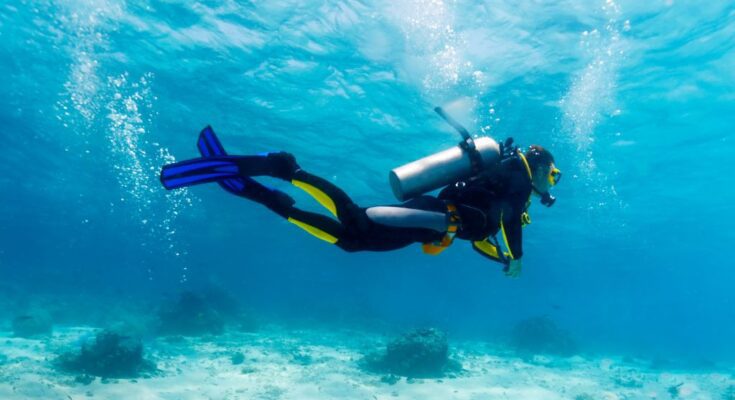Diving into the depths or surfing across the crest of a wave requires more than just skill and courage; it demands the right gear. No matter your venture, what you wear heavily influences your comfort, performance, and safety. The right gear maximizes your ability and improves your experience. Compare the differences between wetsuits and drysuits to find out which is better suited for your next water-bound adventure.
Functionality and Design
Both wetsuits and drysuits keep you warm in cold waters. However, they function slightly differently. Wetsuits feature neoprene and allow a thin layer of water to enter the suit. Your body heats the water, providing insulation. They are also snug-fitting, minimizing water exchange and maximizing warmth.
In contrast, a drysuit keeps you completely dry, employing watertight seals around the neck and wrists. They often have a built-in method to add or remove layers of thermal protection underneath, making them suitable for a much wider range of temperatures, including colder environments.
Temperature Compatibility
Choosing between a wetsuit and a drysuit depends on the water temperature of your water-bound destination. Wetsuits are generally more beneficial in moderate to warm water conditions. Drysuits are the go-to option for frigid waters because they offer comprehensive protection against hypothermia, keeping you dry and allowing for thermal layers.
Mobility and Comfort
Wetsuits, owing to their snug fit and stretchable neoprene construction, offer exceptional flexibility, making them ideal for sports that require a lot of movement, such as surfing or swimming. Their snug fit reduces drag, making it easier to move efficiently in the water.
On the other hand, drysuits’ loose fitting and additional undergarments create a bulkier build, slightly reducing hydrodynamics. However, drysuits allow you to tailor your suit’s insulation to your specific needs. You can add or remove layers to better suit your comfort and location conditions. The loose fit also prevents constriction, making it more comfortable for extended periods of use in the water.
Maintenance and Cost
Wetsuits are generally affordable and easier to maintain. They’re durable, easy to clean, and require simple, routine maintenance. Drysuits’ complex designs and materials often carry a higher initial cost and require meticulous maintenance to ensure their seals and zippers remain watertight.
A key component of drysuit maintenance and care involves proper storage—cool, dry spaces away from direct sunlight. Periodic visits to a professional for inspections on the suit’s watertightness and necessary repairs also play a crucial part in maintaining drysuits. Neglecting maintenance can lead to leaks, discomfort, and, ultimately, the failure of the drysuit when it’s needed most.
Selecting the right suit boils down to evaluating your specific needs. Wetsuits and drysuits are among the many exhibitions of how technology is improving scuba diving. They enhance underwater comfort and performance in different ways. No matter how you use the suits, whether for diving or surfing, both have their place in water sports and activities. Understanding the differences between wetsuits and drysuits enhances your decision-making, allowing you to tailor to your aquatic adventure. With the right suit, you can focus on the thrill of the experience instead of worrying about discomfort or coldness.



